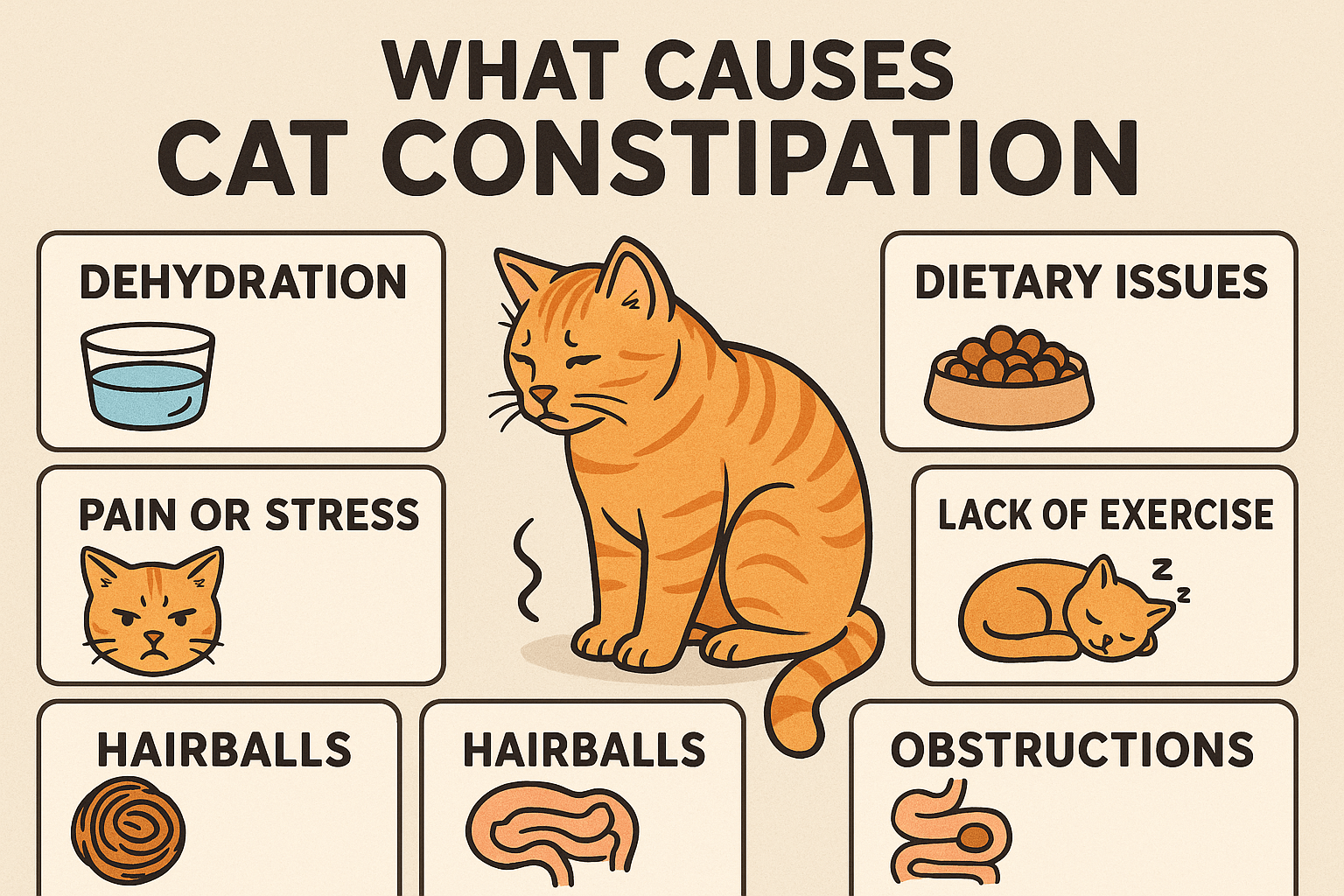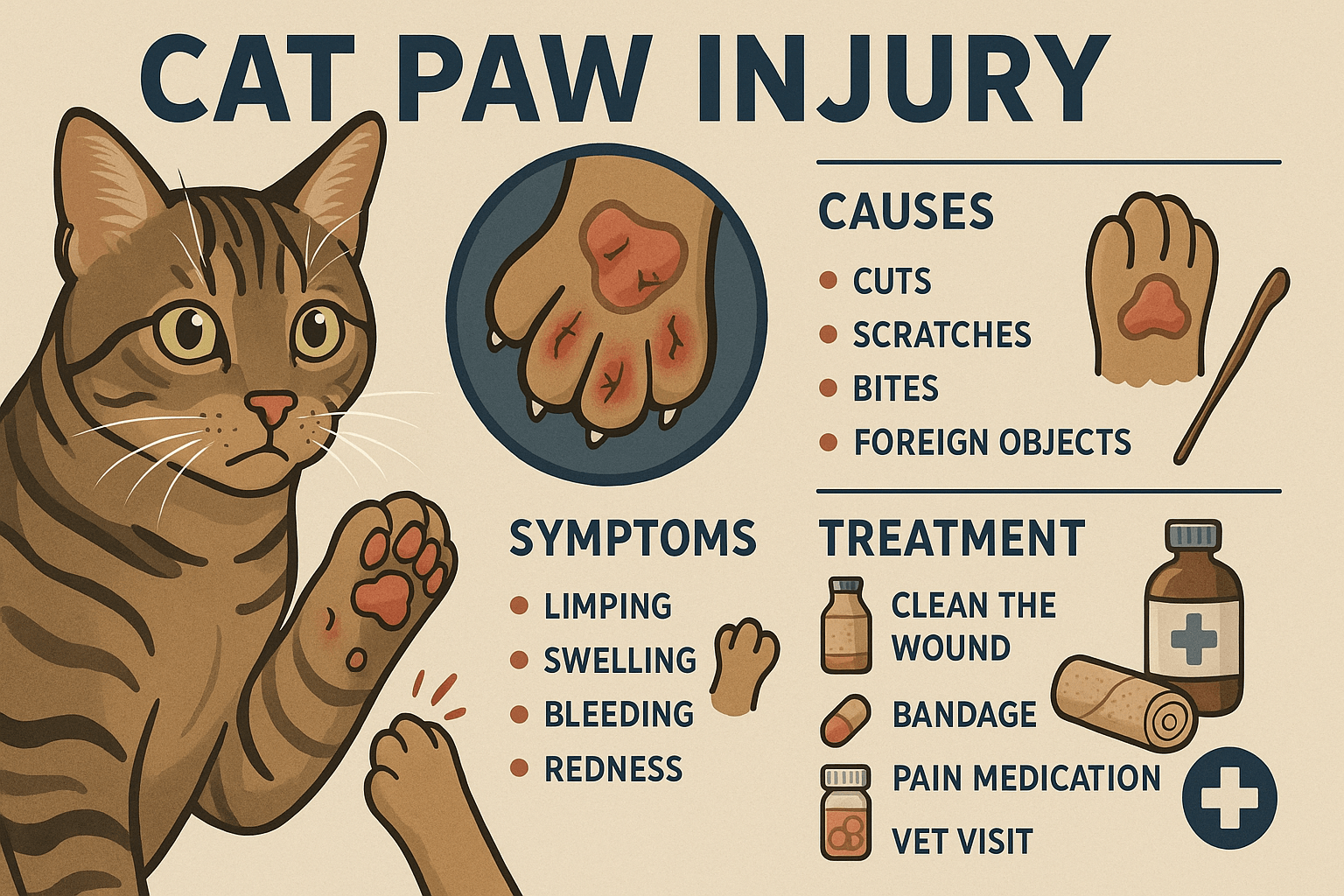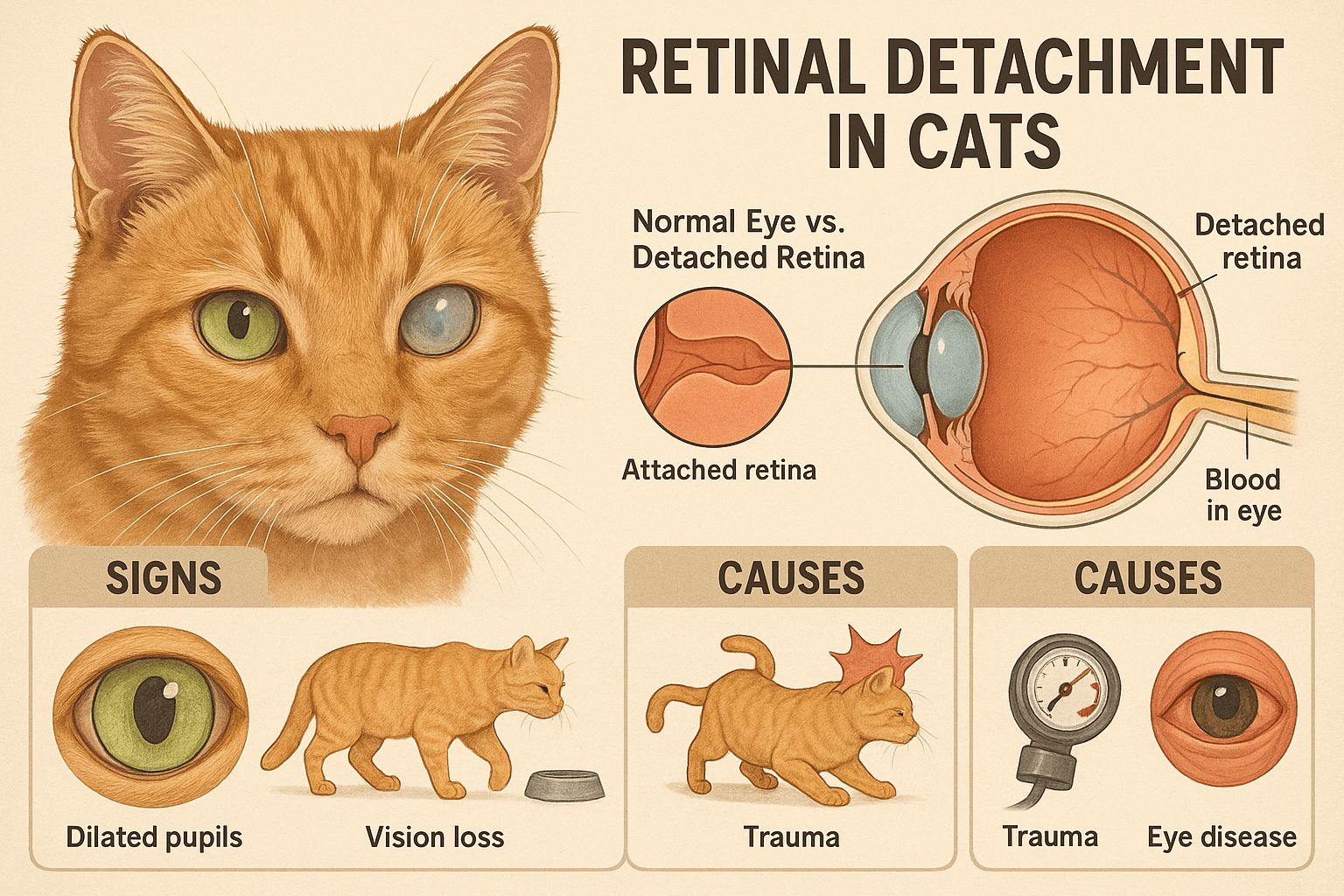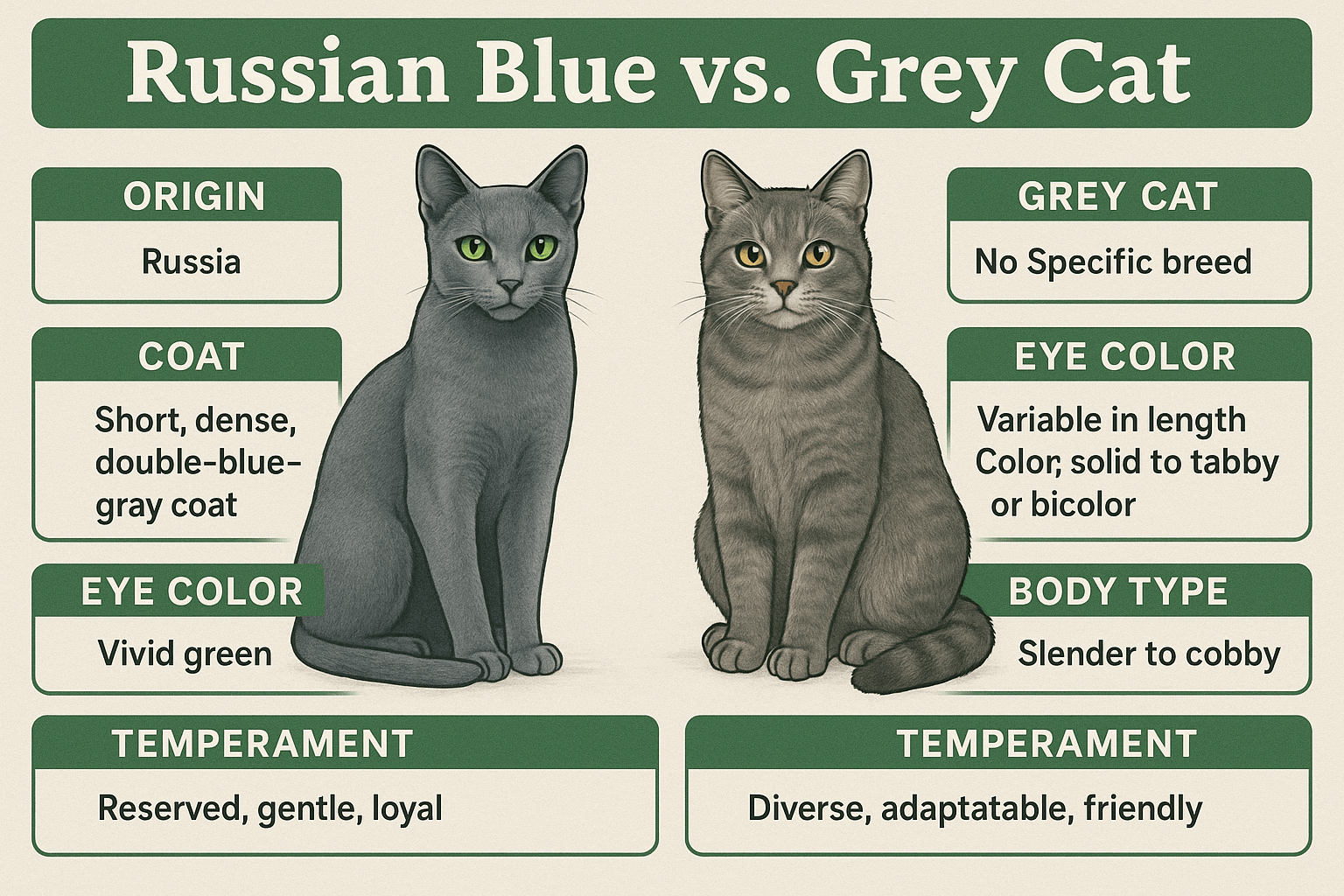Bladder Stones in Cats: Causes, Symptoms, and Treatment
Bladder stones, also known as urinary stones or uroliths, are a common yet serious health issue affecting many cats. These mineral formations can develop in the bladder or urinary tract, causing discomfort, pain, and potentially life-threatening complications if left untreated. Understanding the causes, recognizing early symptoms, and exploring treatment options are essential steps in safeguarding your feline friend’s well-being. Whether you’re a seasoned cat owner or new to pet care, this guide will provide valuable insights into managing and preventing bladder stones in cats.
Expert Insight: Understanding the Locations of Stones and Crystals
“Stones or crystals can be found in the kidneys, in the tube that connects the kidney to the bladder (ureter), in the bladder itself, or in the tube that connects the bladder to the outside of the body (urethra).”
Common Causes of Bladder Stones in Cats
Bladder stones form when minerals in a cat’s urine crystallize and accumulate over time. Several factors contribute to their development, making it important to understand the root causes to prevent recurrence.
Dietary Imbalances:
Diets high in certain minerals like magnesium, calcium, or phosphorus can increase the risk of stone formation.Dehydration:
Insufficient water intake leads to concentrated urine, creating an ideal environment for mineral deposits to form.Urinary Tract Infections (UTIs):
Infections can alter the pH of urine, promoting the growth of crystals that eventually turn into stones.Genetic Predisposition:
Some cat breeds are more prone to developing specific types of bladder stones due to inherited traits.Sedentary Lifestyle:
Lack of physical activity may slow down the urinary system, increasing the likelihood of mineral buildup.
By addressing these underlying causes, cat owners can take proactive steps to reduce the risk of bladder stones and ensure their pet’s urinary health.
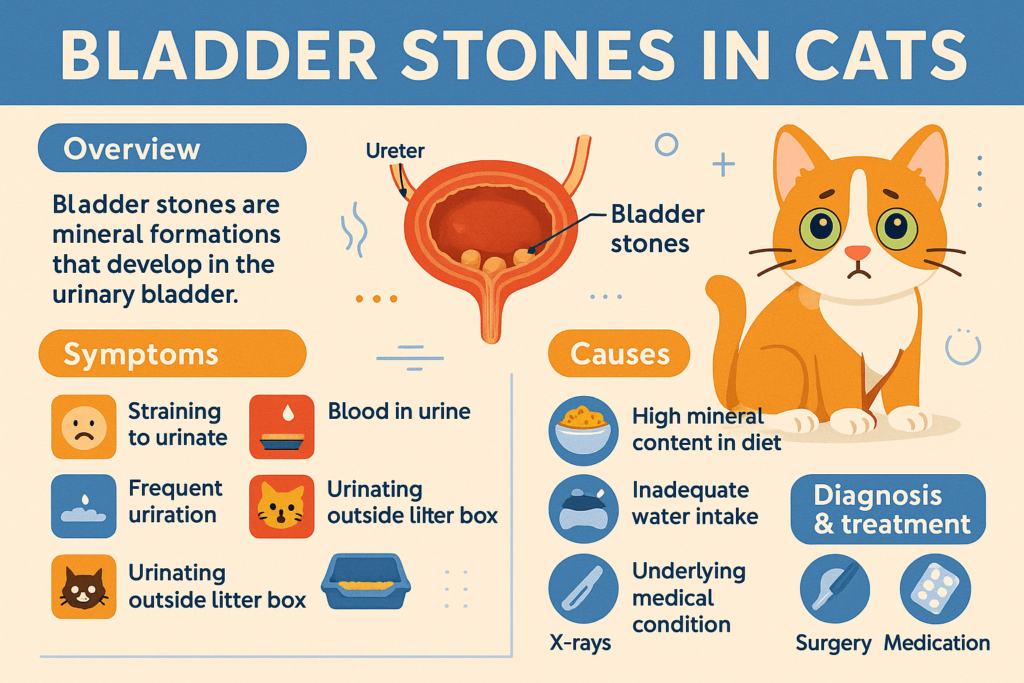
Recognizing the Symptoms of Bladder Stones
Early detection of bladder stones is crucial for effective treatment. Cats often hide signs of illness, so being vigilant about changes in behavior or habits can make all the difference.
Frequent Urination Attempts:
Cats may visit the litter box more often than usual but produce little to no urine.Straining During Urination:
Straining or vocalizing while urinating indicates discomfort or blockage caused by stones.Blood in Urine:
Hematuria, or the presence of blood in urine, is a red flag for bladder stones or other urinary issues.Licking Genital Area Excessively:
Excessive grooming around the urinary opening suggests irritation or pain.Loss of Appetite or Lethargy:
General discomfort from bladder stones can lead to reduced appetite and energy levels.
If you notice any of these symptoms, consult your veterinarian promptly to prevent further complications.
Check this guide 👉How to Feel a Cats Bladder: Best 7 Expert Tips!
Check this guide 👉Do Cats Have Gallbladders? Best 7 Expert Tips!
Types of Bladder Stones | Prevention Tips |
|---|---|
Struvite Stones | Feed a balanced diet low in magnesium |
Calcium Oxalate Stones | Encourage hydration with wet food |
Urate Stones | Avoid high-protein diets for predisposed breeds |
Silica Stones | Limit access to silica-rich grasses |
Cystine Stones | Monitor genetic risks in certain breeds |
Treatment Options for Bladder Stones
The treatment approach for bladder stones depends on the type, size, and severity of the condition. Your veterinarian will recommend the most suitable option based on your cat’s needs.
Medication:
Certain medications can dissolve struvite stones or manage symptoms like pain and inflammation.Dietary Changes:
Prescription diets formulated to alter urine pH can help dissolve or prevent specific types of stones.Surgical Removal:
In severe cases, surgery may be necessary to remove large or obstructive stones safely.Urohydropropulsion:
A non-surgical procedure used to flush out small stones from the bladder using fluid pressure.Laser Therapy:
Advanced techniques like laser lithotripsy break down stones into smaller pieces that can pass naturally.
With timely intervention, most cats recover fully and regain their quality of life after treatment.
Preventive Measures to Reduce the Risk of Bladder Stones
Prevention is always better than cure when it comes to bladder stones. Implementing these measures can significantly lower the chances of recurrence.
Provide Fresh Water Daily:
Ensure your cat has constant access to clean, fresh water to promote hydration and dilute urine.Feed a Balanced Diet:
Choose high-quality cat food specifically designed to maintain urinary health and minimize mineral imbalances.Encourage Physical Activity:
Engage your cat in regular play to stimulate metabolism and support overall urinary function.Monitor Litter Box Habits:
Keep an eye on your cat’s urination patterns and address any unusual behaviors immediately.Schedule Regular Vet Checkups:
Routine examinations help detect potential issues early before they escalate into serious problems.
By incorporating these practices into your cat’s daily routine, you can protect their urinary health and enhance their overall well-being.
Types of Diagnostic Tests for Bladder Stones
Diagnosing bladder stones involves several tests to confirm their presence and determine their composition. These diagnostic tools help veterinarians tailor treatment plans effectively.
Urinalysis:
Analyzing a urine sample provides insights into pH levels, mineral content, and signs of infection.X-rays:
Radiographs reveal the size, shape, and location of stones within the urinary tract.Ultrasound:
This imaging technique detects stones that may not appear clearly on X-rays.Blood Tests:
Evaluating kidney function and electrolyte levels helps assess overall urinary health.Stone Analysis:
After removal, analyzing the stone’s composition guides future prevention efforts.
Accurate diagnosis ensures targeted treatment and reduces the risk of recurrence.
The Role of Hydration in Preventing Bladder Stones
Hydration plays a critical role in maintaining urinary health and preventing bladder stones. Ensuring your cat consumes enough water can significantly reduce their risk of developing this painful condition.
Offer Wet Food:
Wet cat food contains higher moisture content compared to dry kibble, promoting better hydration.Use Water Fountains:
Many cats prefer running water, and fountains encourage increased water intake.Place Multiple Water Bowls:
Distribute bowls throughout your home to make water easily accessible.Flavor Water Lightly:
Adding a splash of tuna juice or broth can entice picky drinkers to consume more water.Monitor Fluid Intake:
Track how much water your cat drinks daily to identify potential dehydration risks.
Proper hydration supports urinary health and minimizes the risk of stone formation.
Coping with Stress-Related Bladder Issues
Stress can exacerbate bladder problems in cats, including the formation of stones. Managing your cat’s stress levels is an important aspect of urinary health maintenance.
Create a Safe Environment:
Provide hiding spots and vertical spaces where your cat feels secure.Stick to a Routine:
Consistent feeding, playtime, and sleep schedules reduce anxiety and promote stability.Use Calming Products:
Pheromone diffusers or sprays can soothe stressed cats and ease tension.Limit Environmental Changes:
Minimize disruptions like moving furniture or introducing new pets abruptly.Engage in Interactive Play:
Regular play sessions release endorphins, helping your cat relax and stay mentally stimulated.
Reducing stress not only improves urinary health but also enhances your cat’s overall happiness.
Frequently Asked Questions About Bladder Stones in Cats
How do I know if my cat has bladder stones?
Look for symptoms like frequent urination, straining, blood in urine, and excessive licking of the genital area.
Are bladder stones dangerous for cats?
Yes, they can cause blockages, infections, and severe pain if not treated promptly.
Can diet alone dissolve bladder stones?
For certain types, such as struvite stones, dietary changes can dissolve them without surgery.
Is surgery always required for bladder stones?
No, smaller stones may be managed through medication, dietary adjustments, or non-invasive procedures.
How can I prevent bladder stones from recurring?
Maintain proper hydration, feed a balanced diet, and schedule regular vet visits to monitor your cat’s urinary health.
Prioritizing Your Cat’s Urinary Health
Bladder stones are a challenging but manageable condition that requires vigilance, care, and collaboration with your veterinarian. By understanding the causes, recognizing symptoms early, and implementing preventive strategies, you can safeguard your cat’s urinary health and improve their quality of life. Remember, your feline companion relies on you to provide the love and attention they need to thrive. With dedication and informed decision-making, you can ensure your cat remains happy, healthy, and free from the discomfort of bladder stones.
What Causes Cat Constipation? Best 7 Expert Tips! Discover common causes, symptoms, and solutions for cat constipation to keep your feline healthy and comfortable.
Cat Paw Injury: Best 7 Expert Tips! Discover essential advice on identifying, treating, and preventing cat paw injuries to keep your feline friend healthy and happy.
Retinal Detachment in Cats: Best 7 Expert Tips! Learn to identify symptoms, understand causes, and explore treatment options to protect your cat’s vision effectively.
Russian Blue vs Grey Cat: Best 7 Expert Tips! Discover key differences, unique traits, and expert advice to help you choose between a Russian Blue and a generic grey cat for your perfect feline companion.


